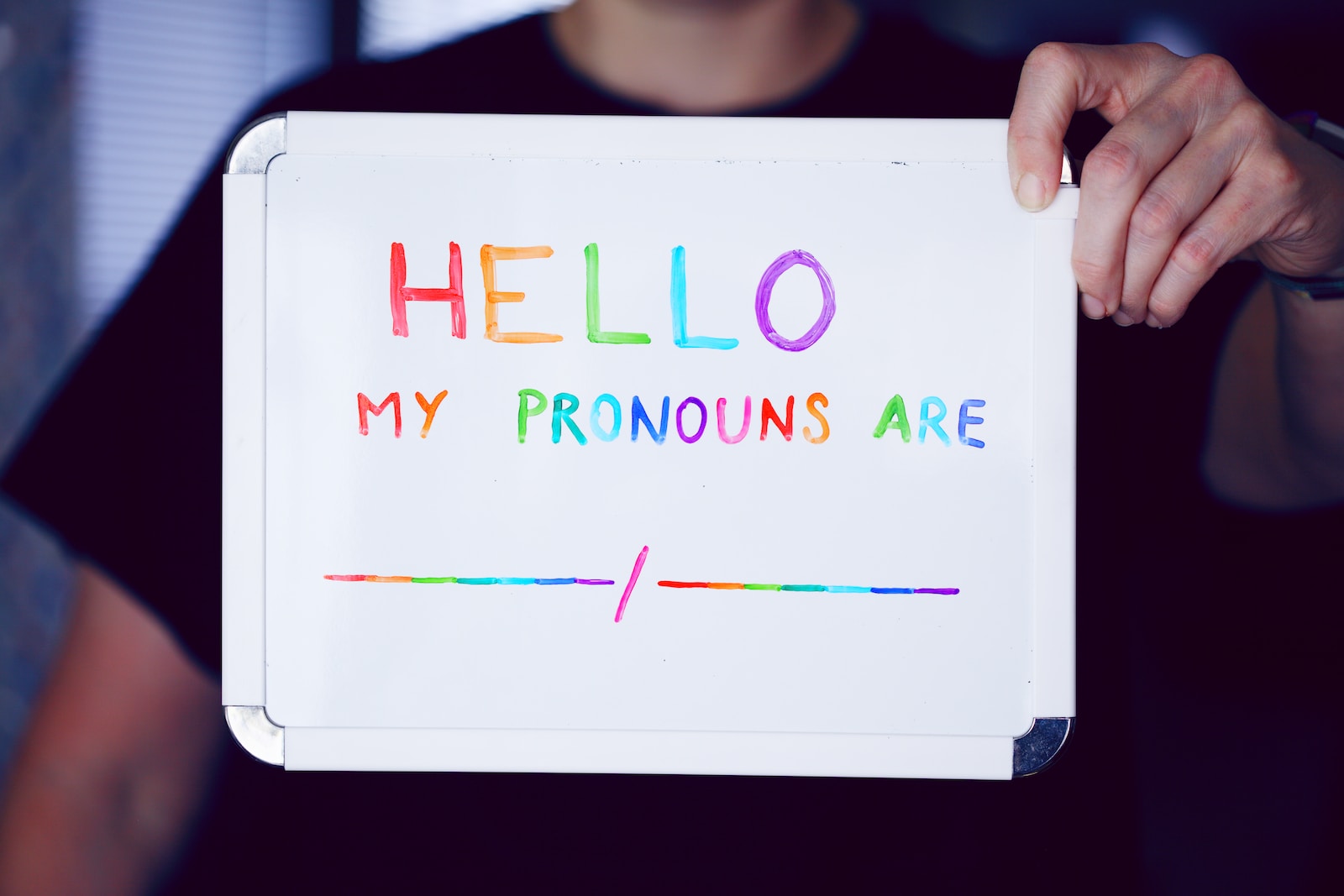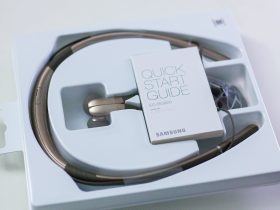Hello, dear readers! It’s Emily Turner here, your friendly guide to all things ethical spending. Today, we’re diving into a topic that has been on my mind for quite some time: gender disparities in personal finance. Yes, you heard me right, the elusive paycheck gap and the intricacies of financial decision-making that often go unnoticed. So, grab a cup of your favorite brew, settle into your comfiest chair, and let’s explore this issue together.
Personal finance can be a tricky territory to navigate for anyone, but when you add gender into the mix, things get even more complicated. According to a report by the National Women’s Law Center, women in the United States earn about 82 cents for every dollar earned by their male counterparts. This wage gap is a significant factor contributing to gender disparities in personal finance.
So, how can we address this gap and work towards financial equality? Let’s break it down step by step.
Salary Negotiation:
One of the primary factors contributing to the gender pay gap is the difference in salary negotiation. Men are statistically more likely to negotiate their initial job offers and pay raises than women. This isn’t because women are less capable negotiators; it’s often due to societal expectations and a lack of confidence. Ladies, let’s break those glass ceilings! Don’t be afraid to ask for what you’re worth. Your financial future will thank you.
Investing Knowledge:
Investing can be intimidating, especially for those new to the world of finance. Studies show that women tend to be more risk-averse when it comes to investments. But here’s the thing: being cautious is not a bad thing. In fact, it can be an asset in the world of investing. Diversify your portfolio, do your research, and remember that it’s perfectly okay to start small and learn as you go. After all, even the most successful investors had to start somewhere.
Financial Education:

A critical step in addressing gender disparities in personal finance is improving financial education. Many women don’t receive the same level of financial education as men, which can put them at a disadvantage. Don’t be afraid to take control of your financial literacy. There are countless resources available online and in your community to help you build your financial knowledge.
Retirement Planning:
When it comes to retirement, women often face unique challenges. They tend to live longer than men, which means they need more savings to ensure a comfortable retirement. Additionally, women may take breaks from the workforce to care for children or elderly family members, impacting their earning potential and retirement savings. It’s essential to start planning for retirement early and consider consulting a financial advisor to ensure you’re on the right track.
Emergency Funds:
Life is full of surprises, and sometimes they come in the form of unexpected expenses. It’s crucial for everyone, regardless of gender, to have an emergency fund. A commonly recommended rule of thumb is to have three to six months’ worth of living expenses saved. Having this safety net in place can help you weather financial storms without resorting to high-interest debt.
Invest in Yourself:
Investing in yourself is one of the best financial decisions you can make. Whether it’s furthering your education, developing new skills, or pursuing career advancement opportunities, don’t hesitate to invest in your own growth. The more you invest in yourself, the more you’ll be able to achieve in your career and financial life.
Now, let’s shift gears a bit and discuss some inspiring examples of women who have successfully navigated the murky waters of personal finance.
Example 1: Serena’s Negotiation Triumph
Meet Serena, a marketing professional with a passion for ethical spending. Serena was hesitant about negotiating her salary when she was offered a new job. But she did her research, practiced her negotiation pitch, and confidently asked for the salary she deserved. To her surprise, her potential employer not only agreed to her request but also praised her for her negotiation skills. Serena’s experience reminds us that it’s not only about asking but also about how you ask.
Example 2: Lisa’s Investment Journey

Lisa, a single mother of two, decided it was time to start investing for her family’s future. She started small, investing a portion of her income in a diversified portfolio of stocks and bonds. Over time, her investments grew, and she gained confidence in her financial decision-making abilities. Today, Lisa’s children have college funds and a bright financial future ahead, all because she took the initiative to learn and invest.
Example 3: Maria’s Retirement Planning
Maria, in her early 40s, realized that she needed to get serious about retirement planning. She consulted with a financial advisor who helped her create a tailored retirement strategy. Maria made regular contributions to her retirement accounts and adjusted her investment portfolio to match her long-term goals. With dedication and careful planning, she’s now on track for a comfortable retirement, proving that it’s never too late to start planning for the future.
In conclusion, addressing gender disparities in personal finance is a multifaceted challenge that requires proactive steps and a commitment to change. By tackling salary negotiation, improving financial education, and investing in ourselves, we can begin to bridge the gap. Let’s celebrate the success stories of women like Serena, Lisa, and Maria, who have shown us that with determination and knowledge, we can achieve financial equality.
Remember, dear readers, your financial journey is unique to you, and it’s never too late to take control of your financial future. Let’s break those financial barriers, one ethical dollar at a time. Until next time, happy and ethical spending!

































